20 Great Anarchist Movies That Are Worth Your Time
بیست فیلم بزرگ آنارشیستی که ارزش دارند واسشون وقت صرف کنید
**************************
7. Eros + Massacre (Japan, 1969)
غریزه شهوانی + قتل عام : ژاپن، 1969
Directed and written (with Masahiro Yamada) by Yoshihige Yoshida, this Modernist biopic of the early twentieth-century anarchist Sakae Ōsugi (Toshiyuki Hosokawa), might instead be called “Past + Present” for its sometimes abrubt transitions, rhythmic jumpcutting, and counter-chronological narrative devices.
In this dialogic (often surrealist) film, Eiko and Wada are students researching the sexual and social politics of 1920s Japan, when characters from this period begin appearing and acting in the contemporary world. In the end, a director hangs himself with film, and the other characters are preserved in a group photograph.
Praised as perhaps the most important film of the Japanese New Wave, it confronts modern industrial political issues through a complicated allegory of the relations among the cinema, desire, corporeality, erotics, history, memory, and social violence.
6. Libertarias (Spain/Italy/Belgium, 1996)
آزادیخواهان: اسپانیا /ایتالیا / بلژیک، 1996
آزادیخواهان: اسپانیا /ایتالیا / بلژیک، 1996
Barcelona. 1936. The Spanish Civil War. Four women join in the fight against the Nationalist government and right-wing elements of the Church. Pilar is a militant feminist. Floren is her comrade in arms. Charo is a sex worker radicalized by the war and her recognition of the gender and sexuality inequalities that permeate the social structure.
María is a nun whose convent is overtaken by anarchist revolutionaries, forcing her into the company of the other women. Once among these Free Women, María begins to challenge Church hypocrisy as well as her own innocent, sheltered life to that point. Although she refuses to pick up a gun, she does learn to see the injustice and violence surrounding her.
The women express desires to confront the totalitarian institutions and serve on the front lines—as fighters or supporters—but other women and men attempt to dissuade them. They are told women should work in factories and cook behind the lines while the men soldier on.
After an initial victory, patriarchal and fascist forces reassert themselves, and the women are betrayed by the allies they had grown to believe in. This film has been recognized for its special focus on the important role women played in the war against fascism and the previous denial of their full recognition.
5. Land and Freedom (UK/Spain/Germany/Italy, 1995)
1995،زمین و آزادی : انگلیس/اسپانیا/ آلمان/ایتالیا
1995،زمین و آزادی : انگلیس/اسپانیا/ آلمان/ایتالیا
Perhaps the best feature film about the Spanish Civil War, Land and Freedom was directed by Ken Loach, written by Jim Allen, and produced by Rebecca O’Brien. The film is revealed in flashback through the eyes of the main character’s granddaughter, who has discovered his wartime letters.
The focus is on David Carr (Ian Hart), an unemployed worker and member of the Communist Party of Great Britian, who joins the fight against the Fascists. In some ways, the film is a standard war movie, concentrating on the stuggles of a central character within a small band of fighters. Our sympathies are always with these fighters, even after the hero is wounded and leaves to recover and eventually joins a military cadre aligned with the government.
These unites are hierarchical, with imposed ranks and divisions of labor and gender. Disillusioned with the official units, Carr returns to the anarchist brigade—where men and women fight side by side and elect their own leaders when necessary.
این واحدها هرمی ست، با صفوف تحمیل شده و با تقسیم کار و جنسیت می باشد. سرخورده از واحد رسمی، کار برمی گردد به بریگاد(تیپ) آنارشیستها- که در آن مردان و زنان در کنار هم مبارزه و رهبران خود را در صورت لزوم انتخاب میکنند .
Later, when the brigade clashes with government forces, several fighters—including Blanca, with whom Carr has fallen in love—are killed, and the anarchists are forced to surrender. Carr returns to England with a handful of Spanish soil. Land and Freedom won the FIPRESCI International Critics Prize and the Prize of the Ecumenical Jury at the 1995 Cannes film festival.
4. Matewan (USA, 1987)
1987،مته ون :آمریکا
1987،مته ون :آمریکا
Written and directed by John Sayles, Matewan is an ambivalent union film that stages a reenactment of the 1920 coal miner’s strike in Matewan, West Virginia, including the final gunfight between the townspeople and the anti-union thugs that left seven people dead. It falls squarely into Sayles’ style combining history, biography, and social consciousness.
نویسنده و کارگردان جان سیلز، مه ته ون یک فیلم دو جنبه ای در مورد اتحادیه است که مجددا اعتصاب کارگران زغال سنگ را در سال 1920 در مه ته ون بازسازی میکند ،در غرب ویرجینیا، از جمله تیراندازی نهایی میان مردم شهر و اراذل و اوباش ضد اتحادیه که هفت کشته بر جای گذاشت . دقیقا به سبک فیلمسازی سیلز که در هم ادغام میکند تاریخ، زندگینامه، و آگاهی اجتماعی را میخواند .
As the miners in a company town begin to organize for better working and living conditions, the company attempts to replace them with Black and Italian-immigrant scabs. When he sees the company’s plan to foment conflict between the groups of workers, organizer Joe Kenehan (Chris Cooper) convinces the towns people and the new workers to unite agianst a common foe.
Tensions escalate as the company employs union busters against those who have organized, and these enforcers evict, injure, and kill several resisters. After the showdown between the forces, the film ends with an epilogue recounting how the violence continued to plague local social relations for years.
The film depicts the complex, dynamic intersections among race, class, ethinicity, and gender involved in twentieth-century labor organizing. While it clearly stands for the miners and townspeople—including the local police and politicians—against the company and the hired guns they employ, its ending—with the labor organizer sparking the violence he sought to avoid—leaves open questions regarding unions as the best possible solution to the exploitation of workers.
این فیلم تصویری پیچیده از، تقاطع پویائی میان نژاد، طبقه، قومیت، و جنسیت درگیر در سازمان های کارگری قرن بیستم است. در حالی که فیلم به وضوح طرف کارگران معدن و اهالی شهر را میگیرد- از جمله پلیس محلی و سیاستمداران- در برابر کمپانی و استخدام اوباشان مسلح ، پایان آن- سازمانده کارگری و جرقه خشونتی را که به دنبال جلوگیری از آن بود - سؤالاتی را در ذهن باز میگذارد مبنی بر اینکه آیا اتحادیه به عنوان بهترین راه حل ممکن از بهره کشی کارگران میباشد یا نه.
3. Born in Flames (USA, 1983)
The one example of feminist, queer, science fiction on this list, Lizzie Borden’s film takes a “documentary-style” approach in presenting its futuristic image of America reborn as a socialist democracy pushed toward anarchist activation by women’s pirate radio.
In New York City, ten years after the peaceful socialist revolution, two feminist radio stations—one led by a white lesbian and one led by a soft-spoken black woman—give voice to the shortcomings of the revolution, which some argue has led to a dystopian system of governmental control and aggrevated patriarchal abuse.
After a prominent feminist is detained and dies in custody, three investigative journalists are fired for their coverage of FBI agents, and both radio stations are burned down, the radio groups unite and join with the Women’s Army in direct actions against the authorities.
Eventually, a group of these activists mobilize against a speech by the President of the United States, urging reforms to the system. They demand the right for self-rule from the elites and blow up the radio tower atop the World Trade Center to end all future hegemonic media messaging. The film emphasizes alternative aesthetics, direct (rather than representative) democracy, and women’s roles in what is deemed as “necessary violence.”
2. Zero for Conduct (France, 1933)
This forty-seven minute film remains one of the two best-known anarchist documents from the first half of the twentieth century—the other being Luis Buñuel’s Las Hurdes: Tierra Sin Pan (Land Without Bread), also a short film of thirty minutes, and also from 1933.
Directed by Jean Vigo, who based the film on biographical experiences in school and his socialist father’s anecdotes concerning contemporary childrens’ prisons, and addressing images of juvenile rebellion against boarding school authority, the film was banned in France until 1945.
After returning from their summer holiday, students are reminded that they must adhere to the school’s strict code of conduct or receive a “zero” for behanvior in their educational records. The faculty and staff are absurd characatures whose outward appearance mimic their inward ineptitude, in the students’ eyes. The children mock the ridculous demands of the adults and ignore their attempts to discipline them.
Because the scenario is depicted from the student’s perspective, we do not realize the serious critique of coercion drawn out by the smallest moments of this film until the final scene. Suddenly, successful in their revolt, we find the rebels hoisting their skull and crossbones flag atop the school while symbolically hurling chamber pots and refuse at the figures of authority on the grounds below.
از آنجا که سناریو از منظر دانش آموز به تصویر کشیده شده، ما انتقاد جدی ازتهدید و اجبار توسط کوچکترین لحظاتی که در این فیلم به تصویر کشیده شده را تا صحنه آخر درک نمی کنیم . ناگهان، با موفقیت در شورش خود ، ما شاهد آن میشویم که شورشیان به احتراز در می آورن پرچم جمجمه واستخوانهای متقاطع ( نشانه مرگ و خطر-م) را در بالای مدرسه در حالی که بگونه نمادین گلدانها را پرتاب میکنند و بسخره میگیرند شخصیتهای مقتدر/ اتوریته را در زمین پائین .
1. Salt of the Earth (USA, 1954)
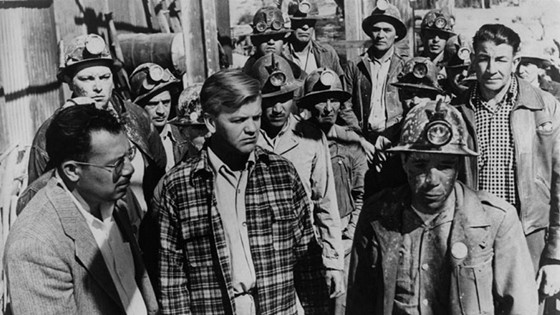
Cited frequently by Noam Chomsky as actual engaged filmmaking—in contrast to the disguised right-wing politics of Elia Kazan’s On the Waterfront (also from 1954)—Salt of the Earth tops this list because it combines multiple aspects of anarchist form and content with regard to production, distibution, exhibition, and reception.
A neorealist-inspired collaborative endeavor to dramatize the 1951 strike against the Empire Zinc Companty in Grant County, New Mexico, the black and white film deploys actual miners and their families and is constructed around the tensions between the work place strikes and the home front difficulties as gender and hierachical situations are fractured and shifted by intersecting responsibilities.
Although the film is a remarkably collective story—of the miners and their communal struggles to work freely and live the lives they have made—it also uses the microcosm of Esperanza and Ramon’s tale to focus on the gendered aspects of resistance.
Esperanza, who narrates the film, is pregnant with their third child; she at first supports Ramon’s leadership in the workers’ organization but quickly challenges his patriarchal abuse at home. After the striking men are denied the right to continue their collective action, the women of the town take up their places in the picket line, marching for the rights and recognition of all the workers.
Thus, Salt of the Earth is one of the first modern films to directly align feminist and working-class issues without subverting one hierarchy to the other. The film was written by Michael Wilson, directed by Herbert J. Biberman, and produced by Paul Jarrico.
All three men had been blacklisted as communists by the Hollywood establishment. The film was originally blacklisted and banned as subversive but in 1992 was selected by the Library of Congress for archival preservation on the national film registry.
***************************
Author Bio: Brian Bergen-Aurand is a professor of film and writes about film, ethics, and embodiment from an anarcho-queer/social collectivist perspective at foreigninfluence.com.
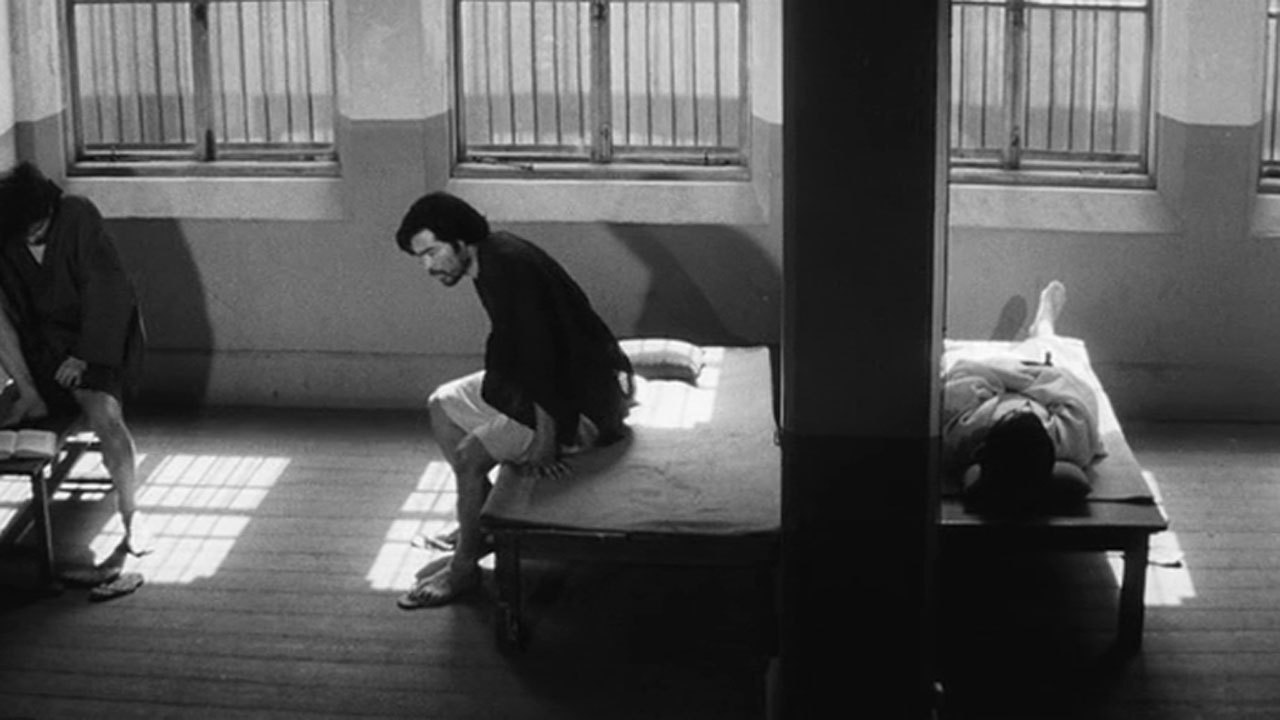
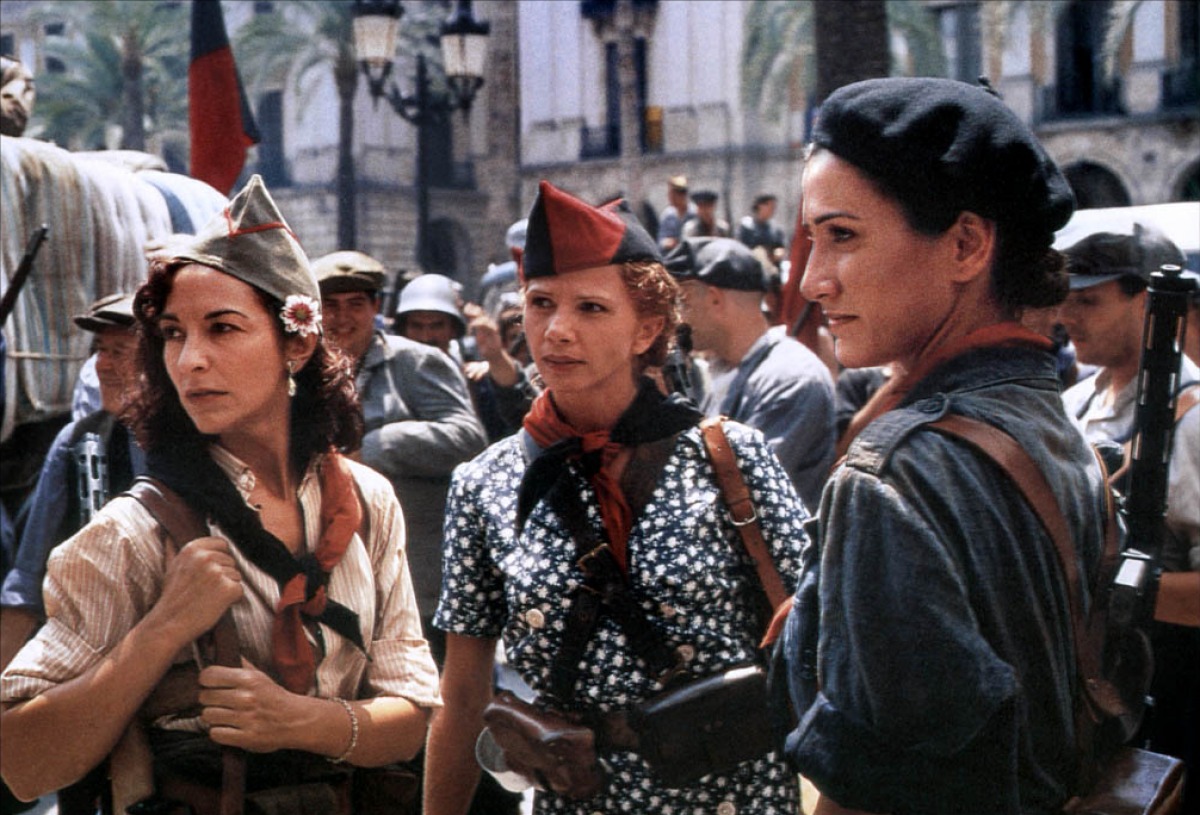
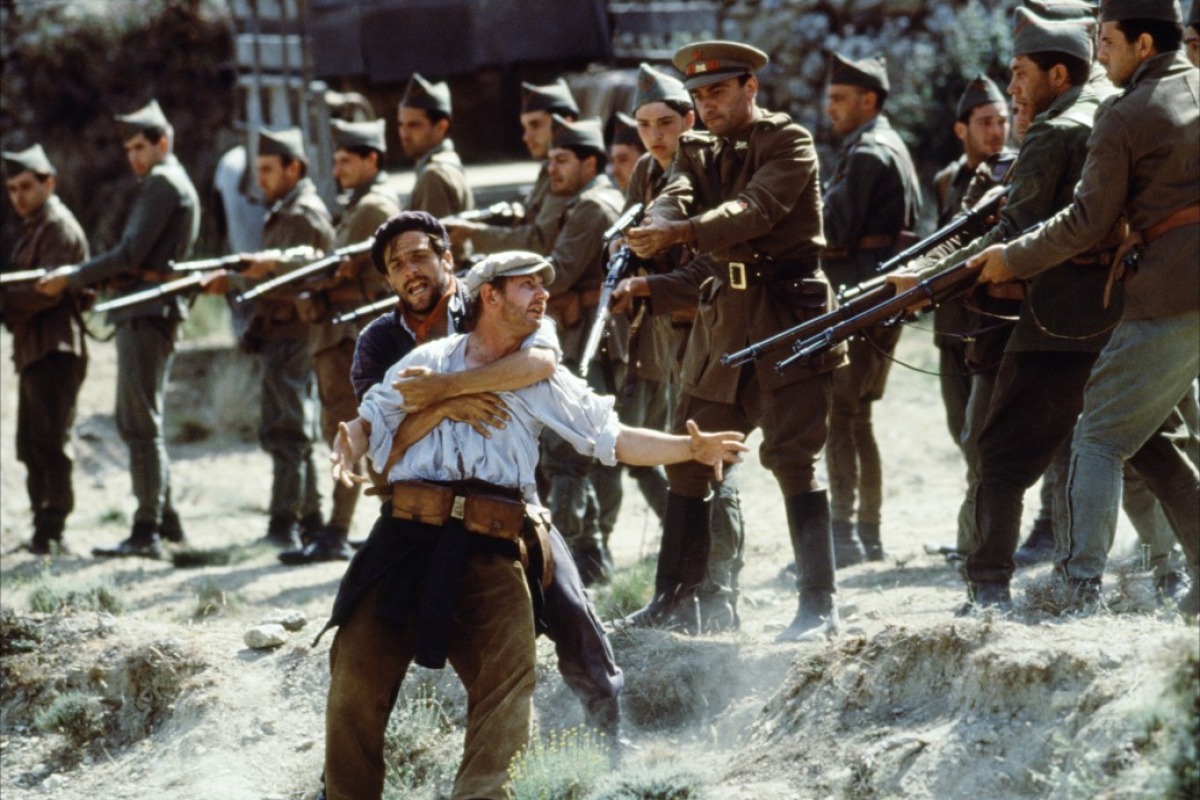
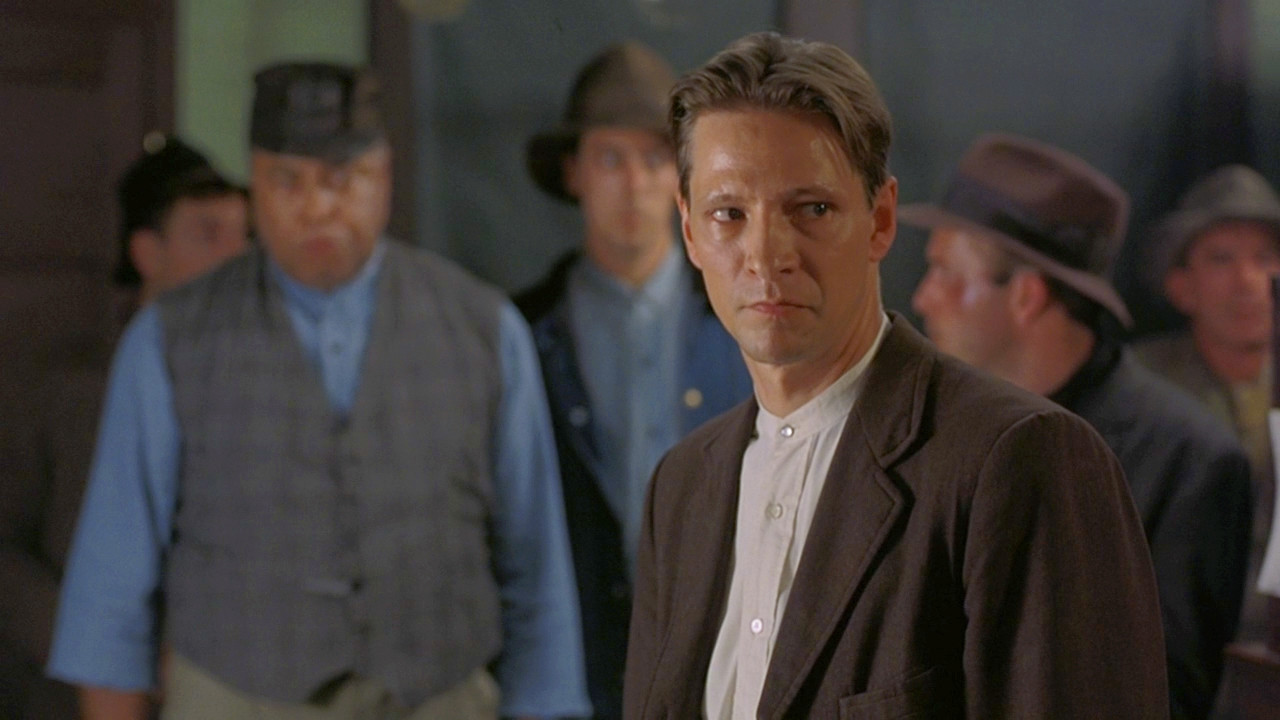

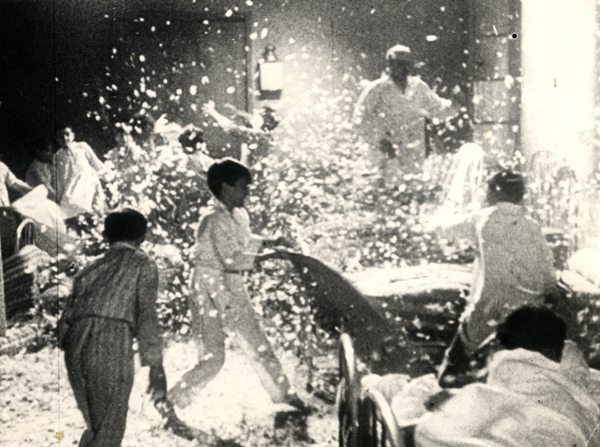
No comments:
Post a Comment